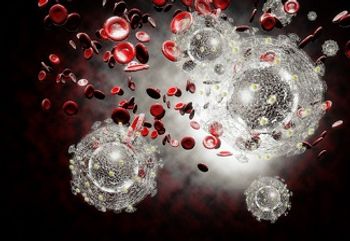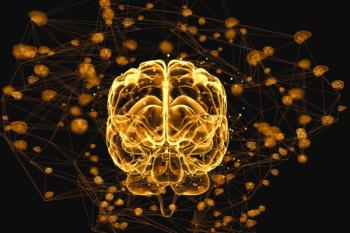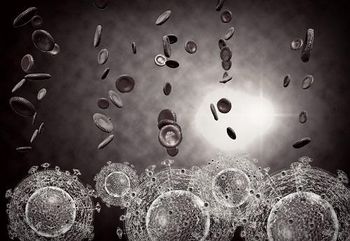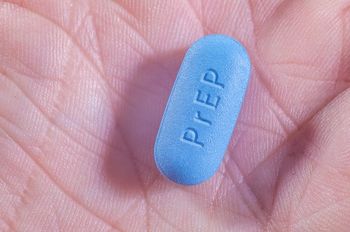
Three new trials, published in CID, highlight potential for intravaginal rings.

Three new trials, published in CID, highlight potential for intravaginal rings.

Long-term safety and efficacy data from the pivotal phase 3 EMERALD trial were presented at ID Week 2018.

Stay up-to-date on the latest infectious disease news by checking out our top 5 articles of the week.

In case you missed them, we've compiled the top five infectious disease articles from this past week.

New surveillance report sheds light on meningococcal disease rates among HIV-infected MSM.

Plenty of research has gone into the causes and progression of Alzheimer’s disease. Now a new effort aims to make the case that scientists have been looking in the wrong direction.

Colleen Kelley, MD, discusses the possibility of an HIV vaccine and current progress being made in HIV prevention.

Despite big advances in the field of HIV treatment, including streamlined drug regimens that help infected people achieve normal or near-normal lifespans, living with HIV often means dealing with neurocognitive impairment of some kind.

The NIH has launched a phase 1 trial evaluating whether it is safe to administer infusions of 2 broadly neutralizing antibodies (bNAbs) in people living with HIV.

Even as new treatments for the virus become available, access may be an issue thanks to budget re-shuffling in Washington.

As millennials communicate extensively by text, investigators designed a study to improve rates of retention and medication adherence in young men who have sex with men.

Douglas Krakower, MD, explains how predictive models can be used to identify patients that are at a higher risk for HIV and could benefit from learning about PrEP.

Eric Daar, MD, discusses the obstacles associated with new research and technology in the pursuit of finding a cure for HIV.

HIV-specific ex-vivo expanded T cell therapy appears to be safe and well tolerated in people with HIV taking antiretroviral therapy who are virally suppressed.

Stay up-to-date on the latest infectious disease news by checking out our top 5 articles of the week.

Local officials tout benefits of needle exchange, testing programs at reducing risk.

An international literature review indicates that 78% of children with multidrug-resistant tuberculosis were successfully treated with second-line treatment.

In a new study, investigators found that providing guidance and advice in people who inject drugs increased use of antiretroviral medication use by 30%.

Study results suggest that treatment with the anti-inflammatory steroid dexamethasone is associated with slowed clearance of fungal infections in HIV-associated cryptococcal meningitis.

A treatment comprised of DOR/3TC/TDF was non-superior to EFV/FTC/TDF for primary efficacy but resulted in fewer adverse events.

Stay up-to-date on the latest infectious disease news by checking out our top 5 articles of the week.

Colleen Kelley, MD, discusses the importance of keeping all populations on the HIV care continuum, especially those who are at a disadvantage.

Strands of hair have several advantages over plasma samples in revealing whether a person with HIV is adhering to a medication regimen.

Investigators find that only 48% of surveyed health care providers had ever prescribed PrEP.

Eric Daar, MD, explains how gene editing therapy can be used to move the HIV cure agenda forward.